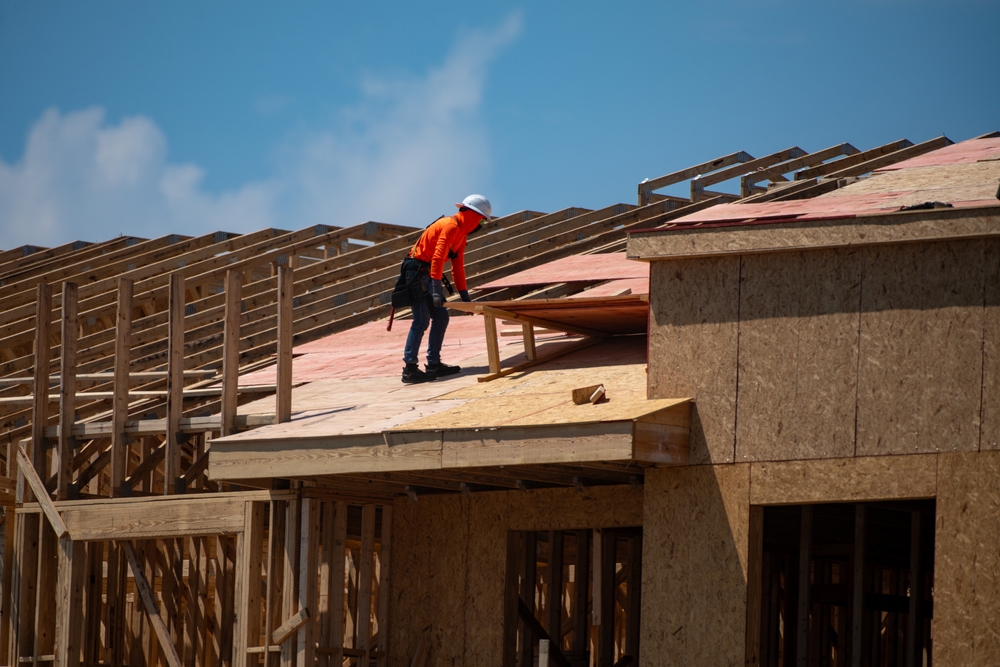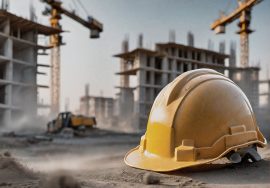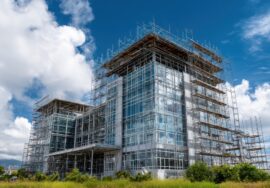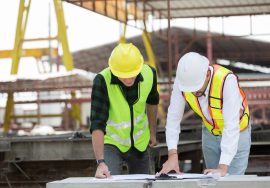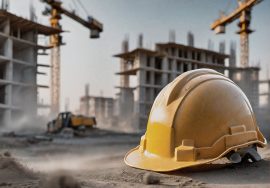Future of Green Infrastructure: Building Resilient Cities
Future of Green Infrastructure: Building Resilient Cities
Introduction
With climate change and rapid urbanization, the need for Green Infrastructure is more critical than ever. Sustainable development strategies, eco-friendly building materials, and smart city planning are redefining the way we build resilient urban environments.
Key Trends in Green Infrastructure
1. Nature-Based Solutions
- Green Roofs and Walls: Enhancing biodiversity and reducing urban heat islands.
- Permeable Pavements: Improving water absorption and reducing runoff.
- Urban Wetlands and Rain Gardens: Enhancing water quality and flood mitigation.
2. Renewable Energy Integration
- Solar and Wind Energy in Urban Spaces: Reducing reliance on fossil fuels.
- Smart Grid Systems: Enhancing energy efficiency and resilience.
- Community-Based Renewable Projects: Encouraging local energy independence.
3. Sustainable Transportation Infrastructure
- Eco-Friendly Public Transit: Expanding electric and hybrid buses.
- Bicycle-Friendly Cities: Encouraging non-motorized transport.
- Car-Free Zones and Walkable Neighborhoods: Reducing traffic congestion and pollution.
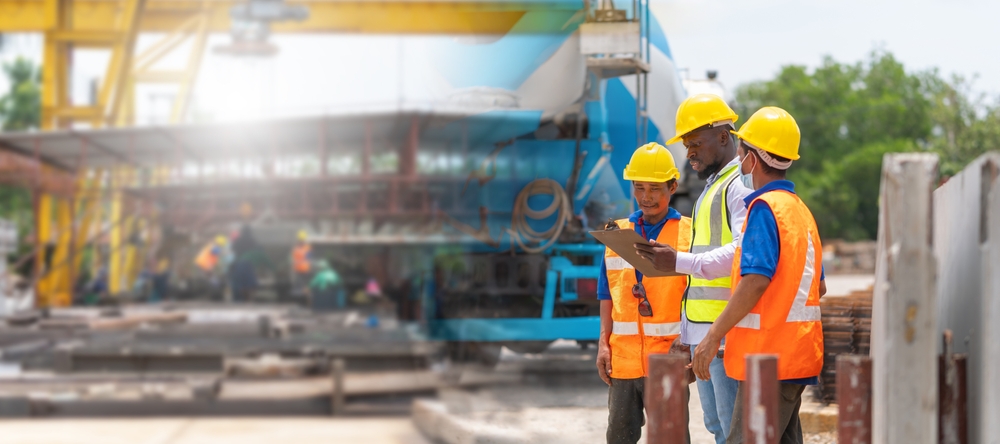
4. Advanced Waste Management and Recycling
- Circular Economy Initiatives: Reducing waste through sustainable production and consumption.
- Smart Waste Management Systems: Enhancing efficiency through AI and IoT.
- Composting and Urban Farming: Promoting local food production and soil health.
Benefits of Future Green Infrastructure
- Climate Resilience: Reducing the impact of extreme weather conditions.
- Improved Public Health: Enhancing air and water quality for urban populations.
- Economic Opportunities: Creating green jobs and promoting sustainable businesses.
- Enhanced Community Well-Being: Providing safe and green public spaces.
Challenges and Future Outlook
Despite the numerous benefits, challenges such as funding constraints, policy enforcement, and public awareness persist. Collaborative efforts between governments, businesses, and communities are essential to scaling green infrastructure solutions globally.
For expert consultation on sustainable urban planning, contact us today.
Conclusion
The Future of Green Infrastructure is crucial to sustainable urban living. By integrating nature-based solutions, renewable energy, and smart waste management, cities can thrive while preserving environmental balance. Investing in green infrastructure today ensures a healthier and more sustainable future for all.
External References:
Construction Industry in India
- One of India’s largest construction and engineering companies, Campus Construction Cost Optimization provides services including project management, cost control, and engineering consultancy. For detailed information on their offerings, visit. Construction Industry in India
Read more related articles to enhance your knowledge and make informed decisions
10 Essential Steps in the Building Construction Process
How to Choose the Right Materials for Your Construction Project

